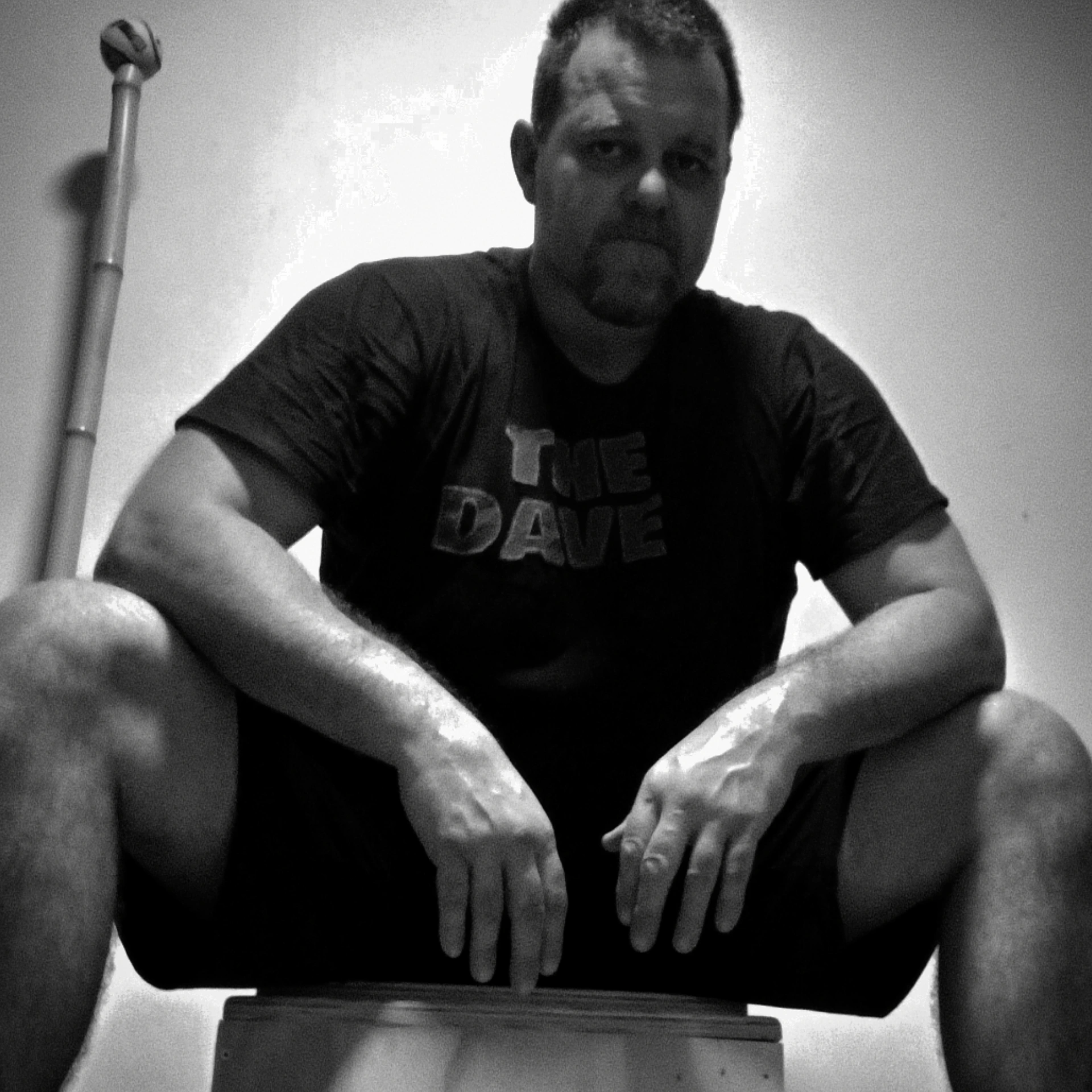- Dave Hedges

- Dec 1
- 2 min read
Nate has been asking some really interesting questions about how the body fuels itself.

He asked for a breakdown of the bodies energy systems, so here's what I told him:
"You have 3 energy systems.
Aerobic
Anaerobic
And the horrible middle child glycolitic (which has changed its name a few times as more evidence is discovered)
Aerobic is ALWAYS running and relies on oxygen being around.
Anaerobic is a few seconds, uses ATP that is already within the cells.
The Aerobic system then steps up to replenish that ATP
And the weird middle child that is dominant when going flat out after the Anaerobic system runs out of juice and before the Aerobic system can catch it up.
Glycolitic system kind of runs on Lactic Acid and hate as its fuel source.
ATP is the currency of energy. It's what the cells need to operate.
We break down glucose and create ATP through some mind blowingly complex biochemistry.
Fun side bar, one of my school buddies memorised the entirety of the Krebs cycle just to piss off our A-Level Biology teacher who we called "Clang"
So, in short injest food, digest it to glucose.
Glucose can be used immediately, most of the time we convert it to Glycogen and store in the muscles and liver for when we need it in a hurry.
Excess glucose can also be shunted into the fat cells.
Using glycogen to create atp is best done through the Aerobic system and is our normal operating mode.
Anaerobic makes ATP from glycogen and creatine
Glycolitic production is nuts but if you're using it, you'll be blowing out our arse too hard at the time to care anyhow!!
So, TL:DR
Fill the glycogen stores and we're all rosy in the garden.
When to fill them?
Either fill the tank before a journey
Or top it up as you go along
Either way, you get there!"
Now, outside of "for interest" how useful is this info?
To most people most of the time it isn't particularly useful.
I spent quite a while reading up and learning about this stuff because I thought it'd make me a better coach, and I'm not sure it has.
As I said in the reply to Nate, we need fuel, and wether fuel up in one sitting or across many sittings is a personal choice.
Our training can be adjusted to better access the various energy systems.
Be that anaerobic, aerobic or gylcolytic.
Of the three, the glycolytic tend to be the least trainable with short term gains being the norm.
Developing the Aerobic and Anaerobic works bets for most people most of the time.
And as the aerobic system is ALWAYS running, and has the job of refuelling the other two systems, it's a really good idea to have this well developed.
I'l talk more about aerobic fitness in another newsletter, because there's more to understand there than simply going for a run or a bike ride.
But it is important to understand that just because an exercise raises your heart rate for a bit, it may not actually be aerobic developement.
Anyhow, more on that next edition.
I'll see you there....
Regards
Dave Hedges

